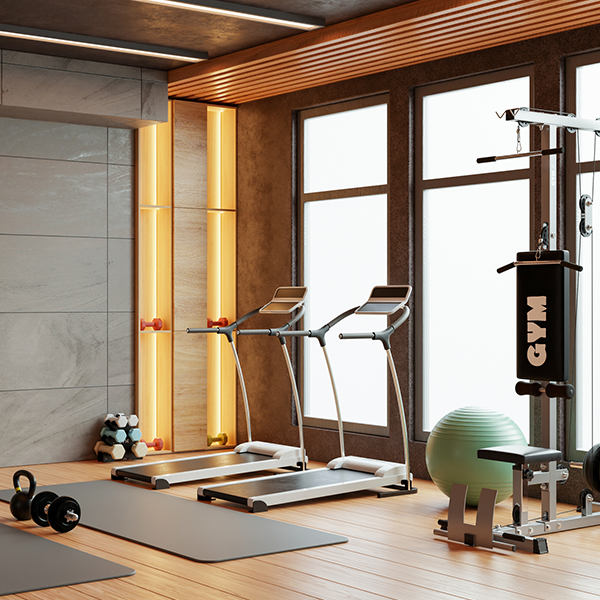
Share
Chalk Myths Debunked: Addressing Common Misconceptions About Chalk Use in Training
Building grip strength with chalk is one of the simplest yet most powerful hacks in any athlete’s toolkit, yet it carries a surprising number of myths and half‑truths. In this post we’ll separate fact from fiction by debunking the most common misconceptions about gym chalk, citing expert sources and real‑world experience to set the record straight.
Myth #1: Chalk Is Only for Elite Weightlifters and Climbers
Reality: Chalk’s origins lie in gymnastics, but its benefits apply to anyone handling heavy or slippery loads. Magnesium carbonate first entered barbell training in the 1950s and was popularized by climbers like John Gill, who imported it from gymnastics to bouldering. Since then it’s become ubiquitous across strength sports because it absorbs moisture without acting as a lubricant, leading to safer hands and stronger lifts for athletes of all levels. Barbell Logic
Myth #2: More Chalk Means More Grip
Reality: Over‑chalking can backfire. When sweat mixes with excess chalk it forms a paste that locks moisture against the skin, increasing friction and abrasion - and ultimately causing painful rips and blisters. A little goes a long way: dispense just enough chalk to dry your palms, then rub away any buildup before lifting. Buffalo Nickel CrossFit
Myth #3: Chalk Is Inherently Messy and Ruins Equipment
Reality: Proper application keeps mess to a minimum. Apply only to your hands, then brush off any excess from bars and plates after your set. Modern formulas, like Clean Chalk’s proprietary magnesium carbonate, further reduce surface residue.
Myth #4: Inhaling Chalk Dust Is Harmful to Your Lungs
Reality: Gym chalk is nearly pure magnesium carbonate, a non‑toxic compound used as a food additive for over a century. The risks associated with inhalation pertain to talc‑based powders - which Clean Chalk avoids.
Myth #5: Liquid Chalk Works Just as Well as Powder Chalk
Reality: Liquid chalk offers convenience and cleanliness but delivers only temporary dryness. It can’t match the consistent grip and re‑application ease of a solid magnesium carbonate chalk. For maximal grip support, especially under heavy loads or during long training sessions, powder chalk remains superior. Barbell Logic
Final Takeaway
Chalk isn’t magic, but it’s a proven ally in any grip‑intensive sport - from powerlifting and CrossFit to climbing and gymnastics. By understanding what chalk can and cannot do, you’ll avoid common pitfalls and maximize its benefits. Ready to upgrade your grip game? Try Clean Chalk’s Super Grip Chalk for a proprietary formula that deliver pro-grade performance without the mess.
